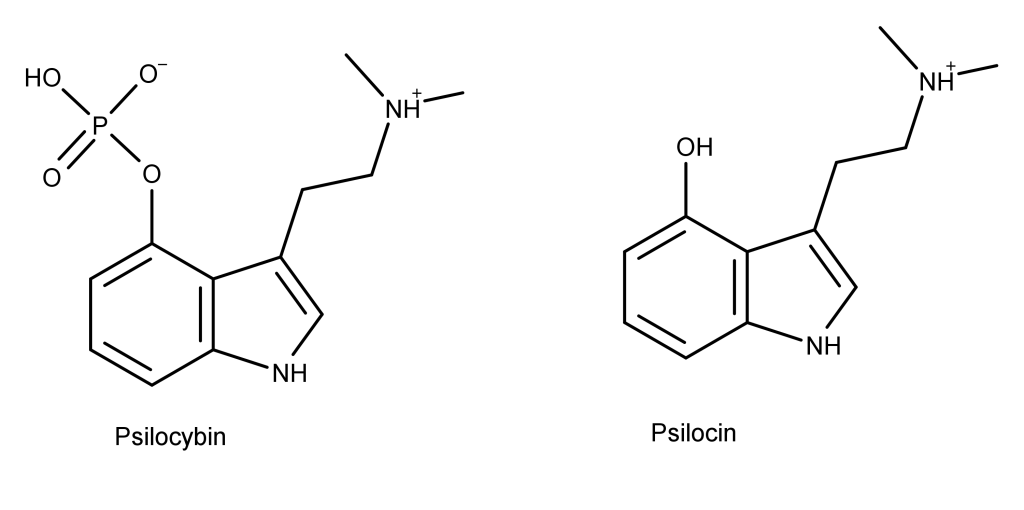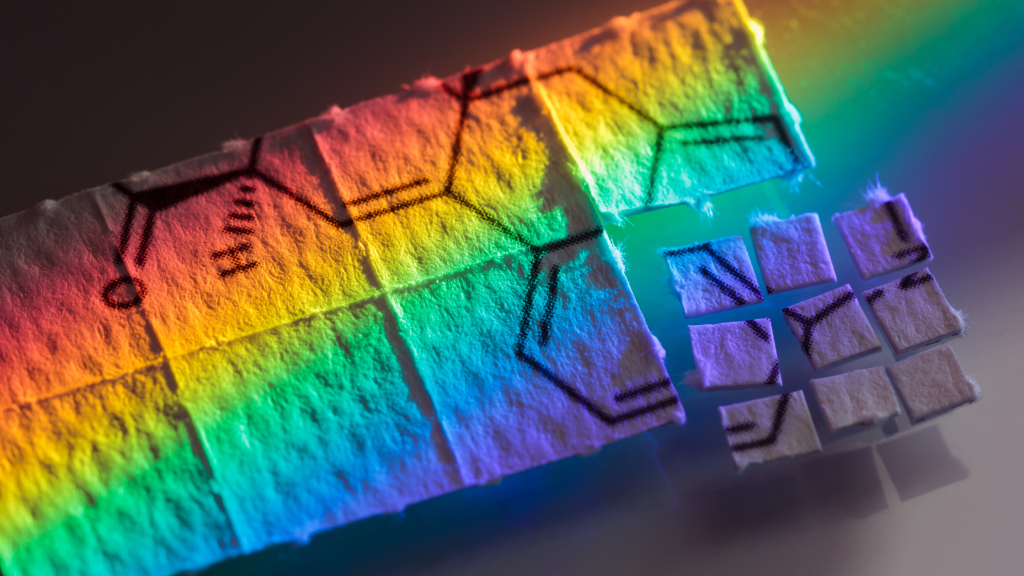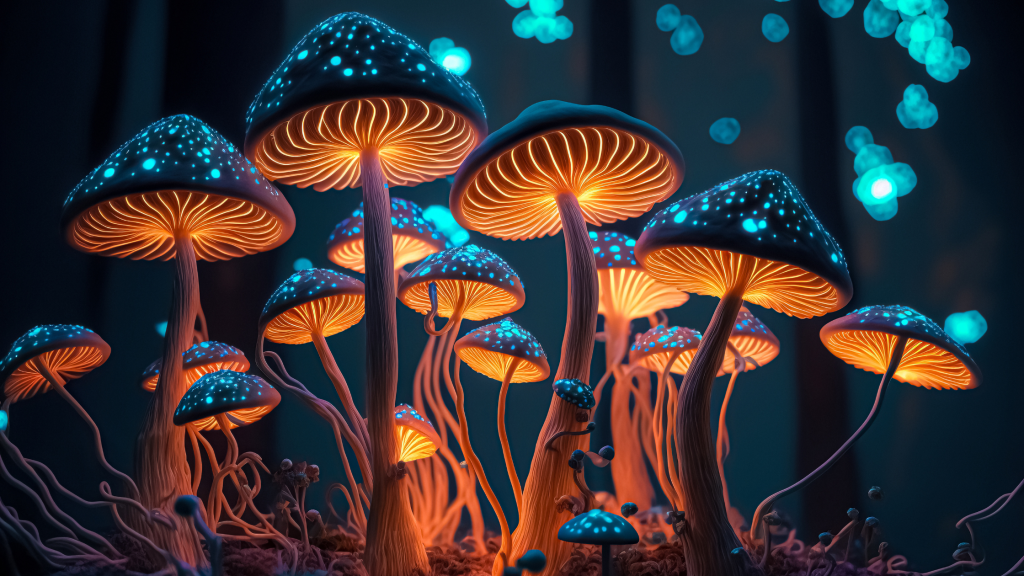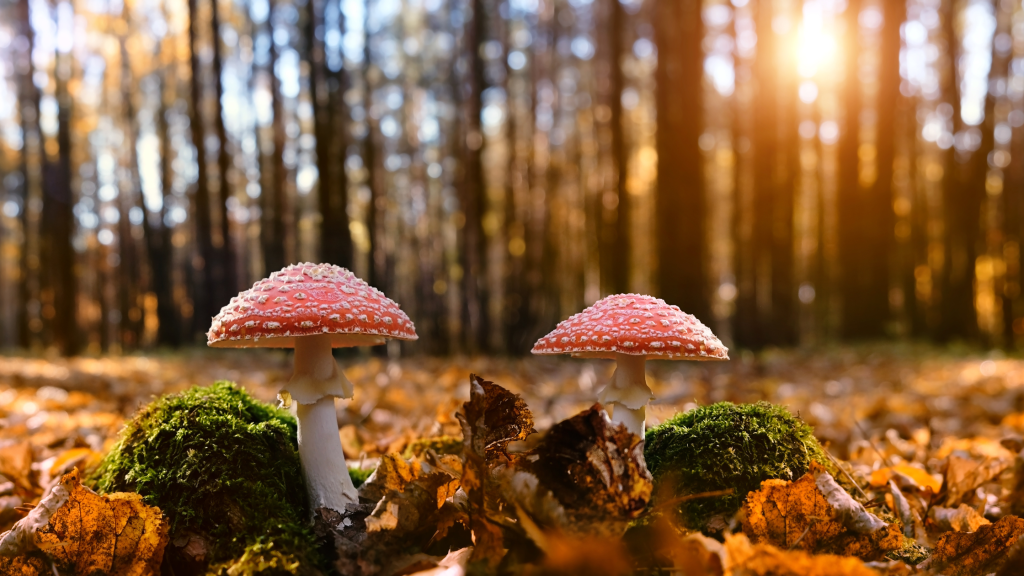The Transformative Journey: Psilocybin to Psilocin

In the realm of psychedelic experiences, the journey often begins with a compound found in certain mushrooms known as psilocybin. These mystical fungi have been revered for centuries for their ability to induce altered states of consciousness, leading to profound insights and personal transformations. However, the true magic lies in the conversion of psilocybin into psilocin within the body, unlocking the doors of perception and paving the way for a transcendent voyage. Let’s explore the fascinating transformation from psilocybin to psilocin and its implications for the psychedelic experience.
The Genesis of Psilocybin:
Psilocybin is a naturally occurring psychedelic compound found in various species of mushrooms, most notably in the Psilocybe genus. Historically, these mushrooms have been used in religious and shamanic rituals by indigenous cultures across the globe. Psilocybin itself does not induce psychedelic effects; rather, it acts as a prodrug, a precursor to the active compound responsible for the mind-altering effects: psilocin.
The Metamorphosis in the Body:

The journey from psilocybin to psilocin is orchestrated by a fascinating biochemical process. When ingested, psilocybin is broken down by enzymes in the body, primarily alkaline phosphatase, into its active form—psilocin. This conversion occurs through the removal of a phosphate group from psilocybin, revealing the true psychedelic potential of these magical mushrooms.
Psilocin Unleashed:
Once psilocin is unleashed in the body, it readily crosses the blood-brain barrier and binds to serotonin receptors, particularly the 5-HT2A receptor. This serotonin receptor is a key player in modulating mood, cognition, and perception. By mimicking the effects of serotonin, psilocin alters the usual patterns of neurotransmission, leading to the characteristic psychedelic experience.
The Psychedelic Experience:
As psilocin takes hold, individuals often report a heightened sense of perception, vivid visual hallucinations, altered thought patterns, and a profound connection to the self and the universe. The experience is often described as a journey into the depths of one’s consciousness, with the potential for introspection, self-discovery, and even spiritual awakening.
Therapeutic Potential:
Beyond the mystical and introspective aspects, there is a growing body of research exploring the therapeutic potential of psilocybin and psilocin. Studies suggest that these compounds may be effective in treating conditions such as depression, anxiety, and PTSD. The altered state of consciousness induced by psilocin may facilitate breakthroughs in psychotherapy and provide individuals with a fresh perspective on their challenges.
The transformation from psilocybin to psilocin represents a gateway to a realm of altered consciousness and profound experiences. As science delves deeper into the therapeutic potential of these compounds, society is beginning to reevaluate their role in mental health and well-being. The journey from mushroom to mind is a testament to the intricate interplay between nature and the human body, inviting us to explore the depths of our consciousness and unlock the transformative power within.





